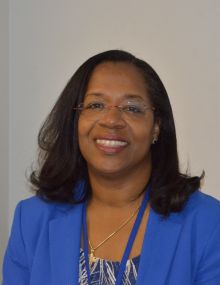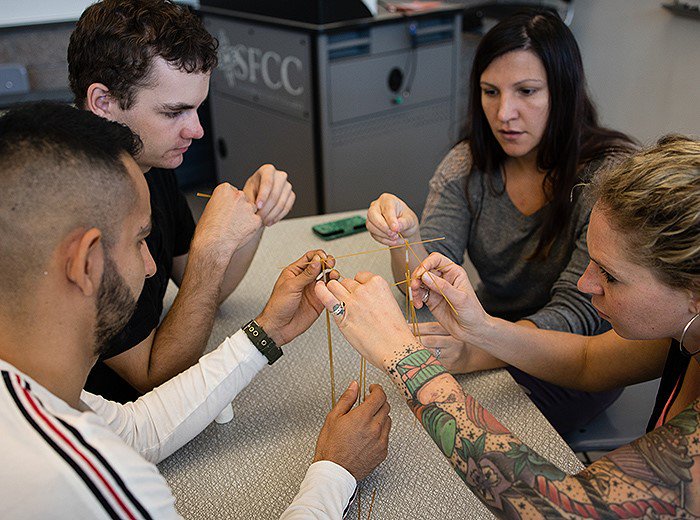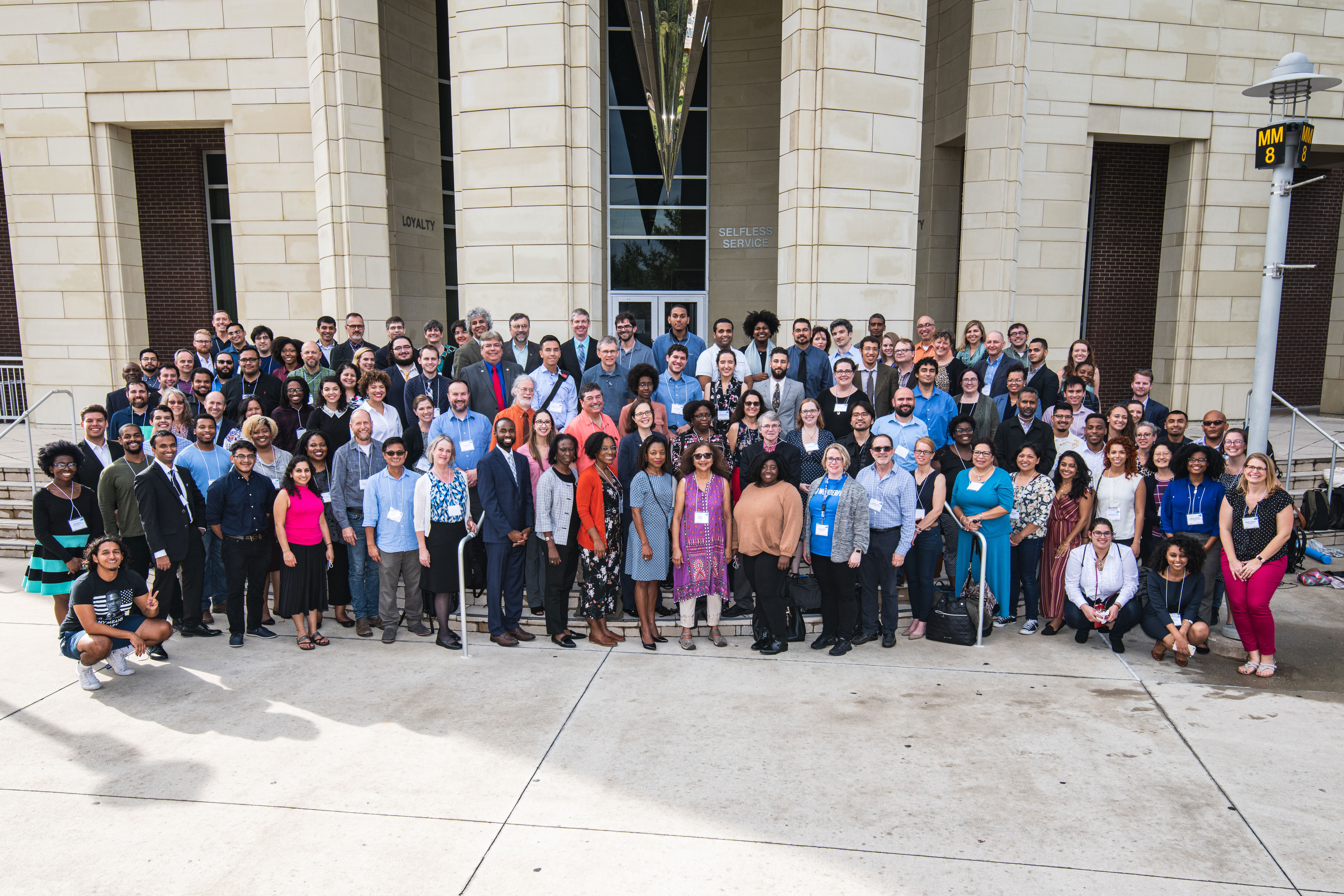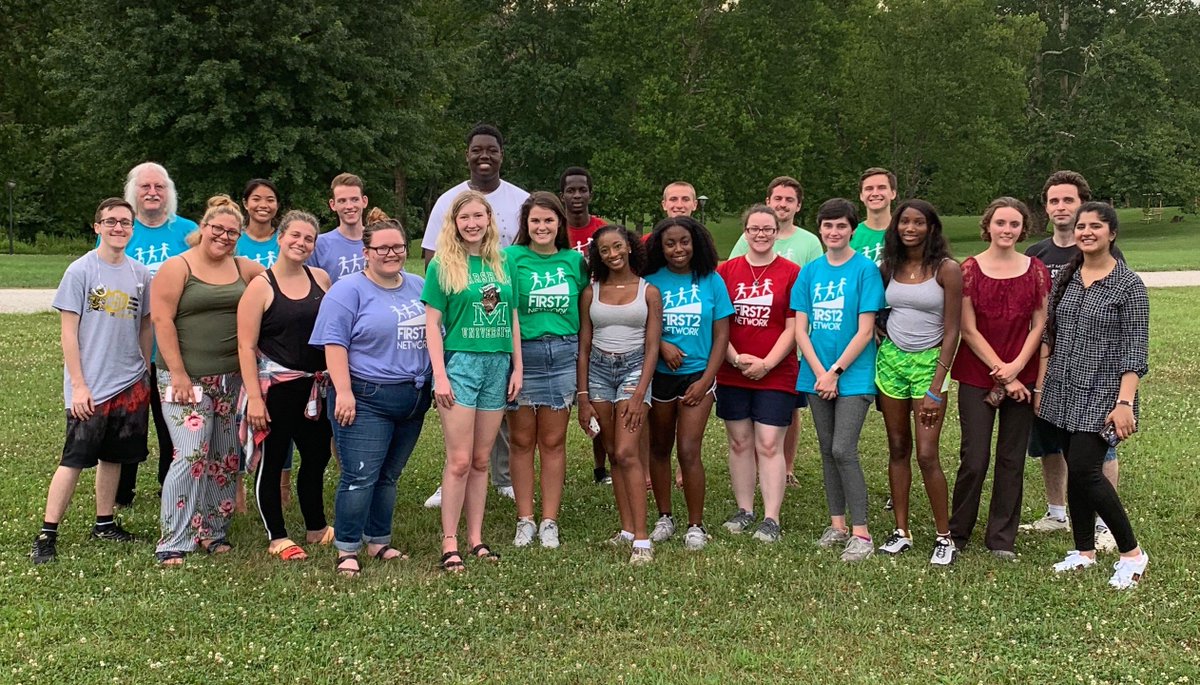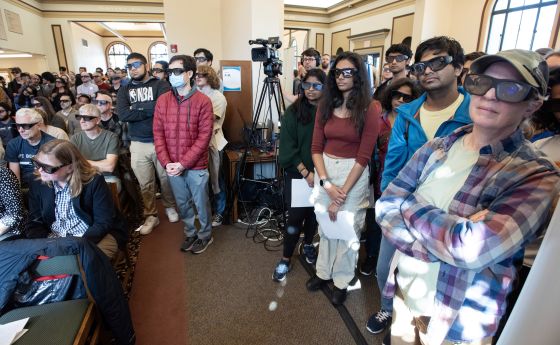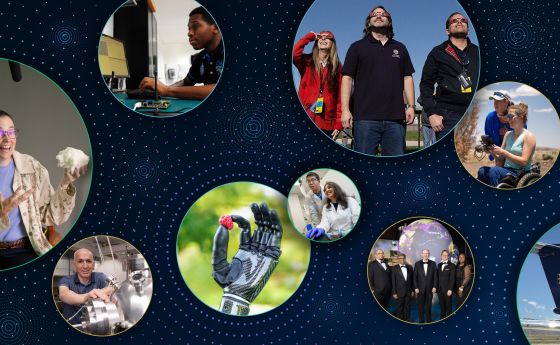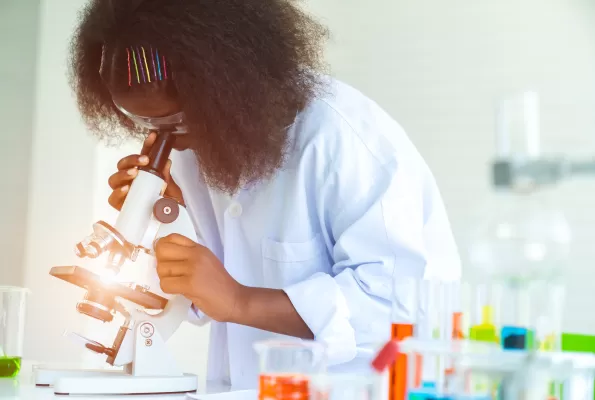
INCLUDES: Making a collective impact to broaden participation in STEM
by Sylvia James, Deputy Assistant Director, Education and Human Resources Directorate, National Science Foundation
In 1983, fresh out of college with a bachelor’s degree in biology, my first job focused on science education, which enabled me to address the issue of limited access for groups historically underrepresented in science. STEM participation rates for women, African Americans, Native Americans and Latinos were much lower than I expected. Unfortunately, 40 years later, work still needs to be done to make science inclusive.
Today, as the nation is engaged in conversations about race and equity, we need to reexamine the STEM ecosystem. The science and engineering enterprise faces the same diversity, equity and inclusion challenges that are present in society. These issues prevent the U.S. from having a STEM ecosystem that is representative of the incredible diversity we see in our country, a diversity that is essential to maintaining U.S. global leadership in S&E. Different life experiences and perspectives are vital to the scientific process—they help spur creative solutions to difficult problems and ensure that new technologies and innovations can benefit all of us.
Recognizing the importance of a diverse pool of STEM talent, the National Science Foundation has long championed programs that broaden participation of groups historically underrepresented in various scientific disciplines. But while NSF support of these programs has yielded tremendous impacts, fighting a problem this extensive needs a big solution, one that engages not just a single group but key stakeholders from business and industry, educational institutions, community organizations, nonprofit funders and government agencies to work collectively towards the same goals.
This is the vision for the Inclusion across the Nation of Communities of Learners of Underrepresented Discoverers in Engineering and Science initiative, or NSF INCLUDES, one of NSF's 10 Big Ideas that will shape the future of S&E. Now in its fourth year, INCLUDES has engaged more than 37,000 individual participants and more than 1,200 partner institutions in 49 states. Projects draw from proven strategies to create inclusive learning environments and build pathways into STEM careers for students. This week, NSF released its INCLUDES: Special Report to the Nation II, outlining the progress the program has made.
Instead of building isolated programs that focus on a particular group in specific regions of the country, INCLUDES builds networks. These networks are the key to building and sustaining the kind of systemic change that is needed to move the needle on inclusivity in STEM in a substantial way. INCLUDES draws on regional Alliances, which pull together important individuals from different sectors to work together towards specific goals. The Alliances take on a diverse range of issues like creating more inclusive cultures in higher education; improving calculus skills in underrepresented groups; and improving persistence in STEM during the first two years of college.
For example, the Inclusive Graduate Education Network Alliance, which works to increase the number of physical science Ph.D.s among underrepresented groups, holds workshops for admission officers to raise awareness of the ways that common admission practices often create barriers to access and inclusion in STEM education. It also trains faculty in university higher education departments in ways to better recruit, support and retain underrepresented graduate students. Additionally, the group works with corporations and national laboratories to recruit underrepresented students into prestigious internships and postdoctoral appointments. In all, more than 30 different societies, institutions, organizations, corporations and national laboratories are working collectively towards a specific goal: creating a more diverse population of STEM Ph.D.s within five years.
Another Alliance, the Computing Alliance of Hispanic-Serving Institutions, works to increase the number of Hispanics earning degrees in computing. The group partners with schools in New Mexico and Texas to support computational thinking for students and professional development for teachers. One Alliance-supported project involved working with Google to create computer courses for partner universities that teach skills in high demand by tech companies. Additionally, the group has recruited local and community partners in building bridge programs that help support students and their families during the transition to college.
The collaborative infrastructure method of INCLUDES gives the scientific community a new approach that centers working together to implement multiple research-supported strategies at scale. As a community, we need to build inclusive environments and hiring practices for learning at universities and in K-12 education. We need more mentors from diverse backgrounds and opportunities to engage in research experiences at the undergraduate level. We need a culturally sensitive curriculum and we need to show that the culture of STEM is not solitary but can be an interactive place where teams collaborate on innovations that help people.
These strategies can only be successful if all stakeholders work together, step-by-step, to eliminate the traditional barriers that have kept promising young scientists, engineers, mathematicians and educators from careers in STEM.



